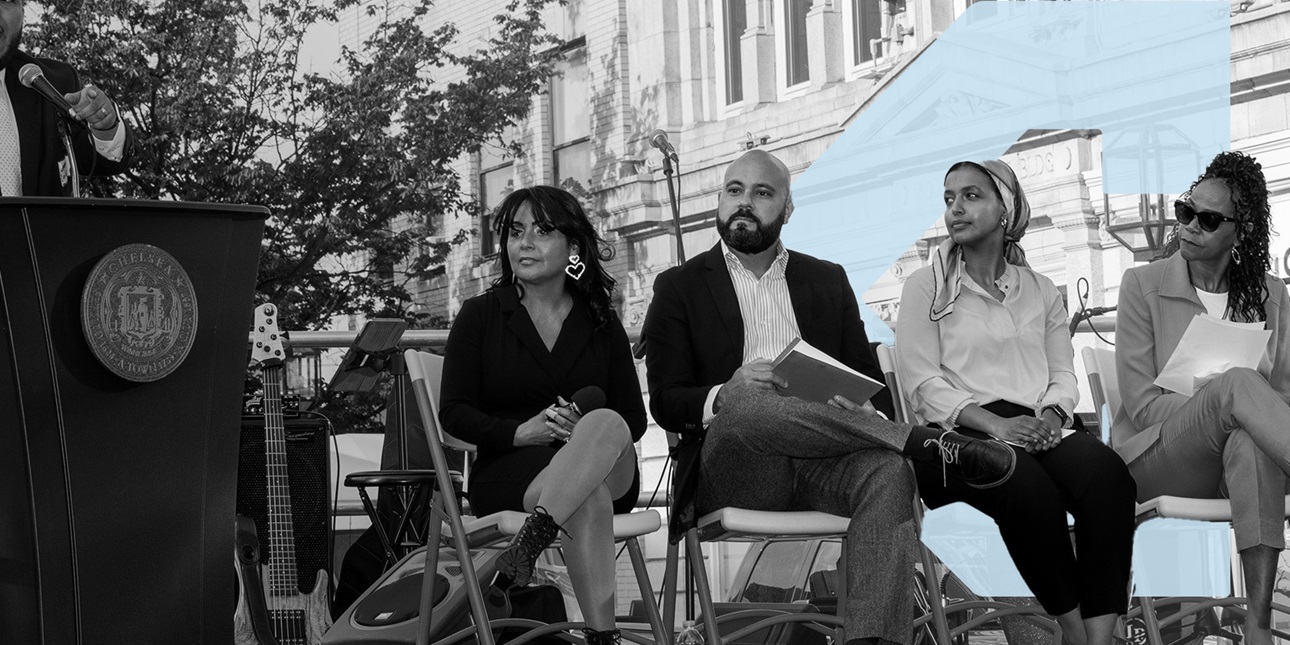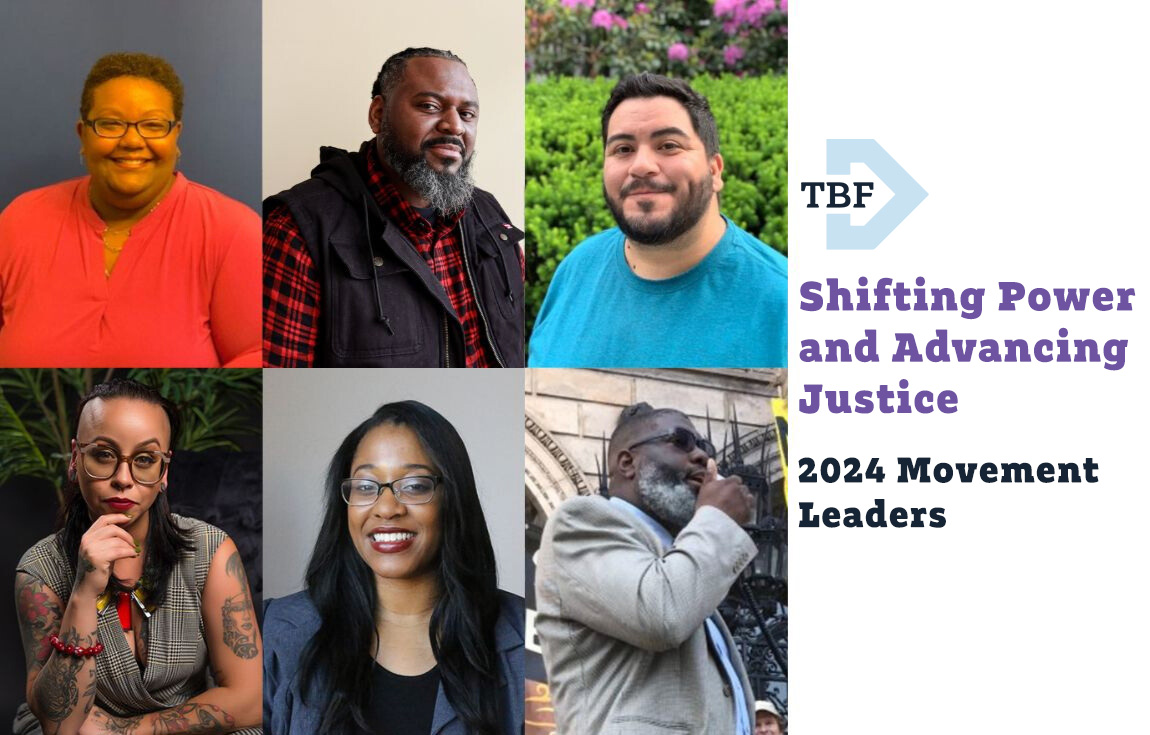Our Why
Movement leaders champion equity and social justice but often face inequities while serving their communities. Many movement leaders come up against hesitant boards and funders, siloed funding and “incremental support or crisis funding rather than long-term infrastructure dollars.”Movement leaders of color in Massachusetts find that they are “frequently excluded from networks and relationships of wealth. As a result, movement leaders may be overlooked by funders, even though they are the leaders who could most effectively drive investments in underserved communities.”
On top of structural barriers, leaders of identity-based nonprofits report higher levels of stress “being called upon to represent a community.” These inequities affect leaders, community safety nets and the broader nonprofit sector. Investments in movement leaders bring us closer to shifting systems and restoring the wellness, safety and joy they deserve.
With rising costs and an economy recovering from a pandemic, community needs have remained. In 2022, more than half (52%) of low-income parents said they did not have enough money for food, rent or mortgage. Responding to people’s health, housing and job emergencies increases their chances of well-being. Through the power of a social safety net, funders help Greater Boston’s nonprofits ease vulnerable residents’ burdens, enabling them to participate in self-determined futures.
In addition to supporting movement leaders and safety-net organizations, we are committed to supporting the health of a nonprofit sector that centers racial equity and its workforce. Increasingly, reliance on nonprofit services without proportionate investment has strained the sector’s infrastructure including its workforce wellness, delivery of essential services, advocacy efforts, and fundraising capacity. Supporting sector infrastructure equips organizations to shape and push forward policies and practices that create sustainable and thriving conditions for the people the sector employs and serves. Funding for the sector’s infrastructure needs to increase, as investment continues to fall behind the overall growth of giving and inflation, with only 5% of funders making up more than half of infrastructure funding nationally.
By creating opportunities with and for individuals, organizations and infrastructure partners, we envision reknitting the fabric of what makes our communities whole.









